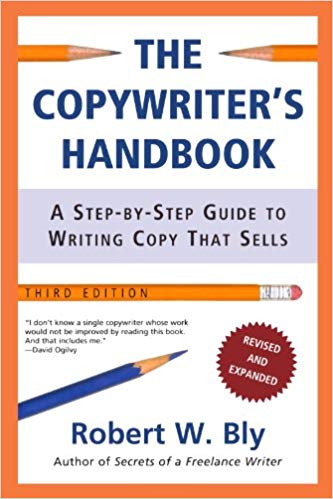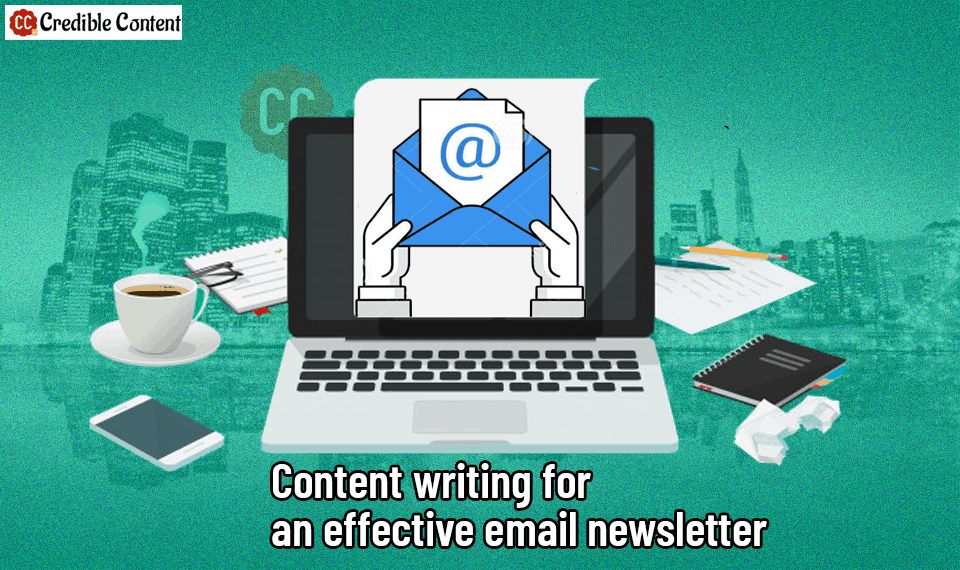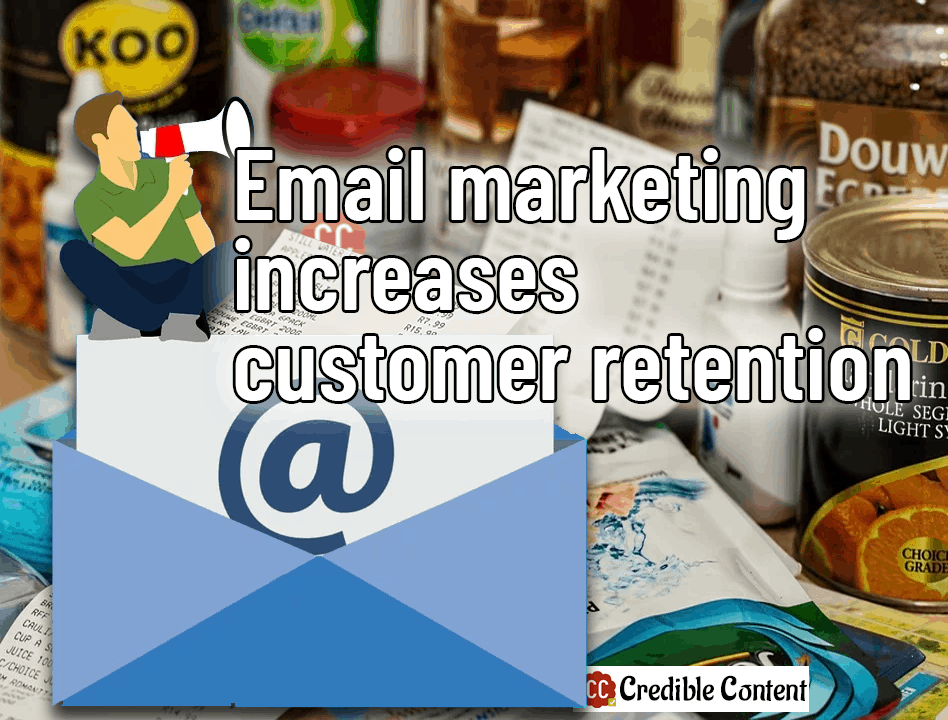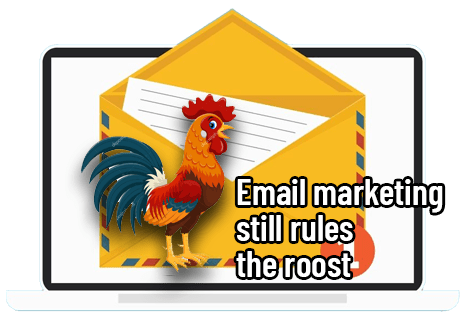Should I throw in a few email-related statistics first?
Alright then.
By the end of 2019, there were 2.9 billion email users worldwide.
According to this neat Statista projection, by 2021, 320 billion emails will be sent and received daily.
These are just email usage stats. What about email marketing stats?
This Hubspot blog post says that 93% B2B marketers use email marketing to distribute content.
The same link above says that 73% millennials prefer to receive their business communications via email.
99% consumers check their email every day.
80% business professionals reported that email marketing increases their customer retention.
This one is often repeated: For every $1 that you spend on email marketing, the ROI generated is $38.
This is assuming that you broadcast an efficiently managed and written email marketing campaign.
Efficiency experts advise you not to check your emails the first thing in the morning, but this Sleep Advisor post says that 17% Americans check their email immediately after waking up and 1 in 3 millennials do the same.
The same link says that an average American spends 2.6 hours checking and responding to emails.
What I’m trying to tell you is that no matter the various doomsday scenarios being painted by various Internet marketing experts, email marketing still rules the roost.
Hence, it is very important that you take content writing for email newsletters very seriously.
How does efficient content writing impact your email newsletter?
If you are sending your email newsletter, there is more than 99% chance that you will be sending out a written message.
Yes, there are many businesses and individuals who use a big graphic or an image instead of written content, but this is not advised even in the days of abundant Internet connectivity.
People are put off when they have to load big graphics in their emails.
They prefer a quick read.
In fact, many email marketers avoid sending even HTML emails, they send out simple text emails.
Your writing can have a big impact on the success of your email newsletter.
Here are a few things to consider while writing content for your email newsletter…
Write a compelling subject line
Remember that when your email appears in your recipient’s inbox, he or she might not be waiting for your message.
There may be 50-60 other unread messages vying for his or her attention.
Learn from your own example: what makes you click an email and open it?
There is some information you have been waiting for.
Something that can help you save money or get you a good bargain.
Something that teaches you something that can help you improve your business, your life or your relationships.
A piece of news that will make you more knowledgeable or warn you against an impending danger.
 The thing is, the subject line must offer you something very convincing, something irresistible if only just for a few seconds (enough time to make you open the email).
The thing is, the subject line must offer you something very convincing, something irresistible if only just for a few seconds (enough time to make you open the email).
Subject lines are so important that experienced email marketers often try out emails with different subject lines and then settle for the subject line that instigates the most opens.
Here are some good characteristics of an effective subject line for your email newsletter:
- Invoke urgency: Although, you shouldn’t do this indiscriminately, a little sense of urgency can make people open your email faster.
- Trigger curiosity: Something like, “Opening this email is definitely going to improve your SEO”.
- Make an offer: Something like, “Buy 1 get 3 free”.
- Offer something cool: “You won’t believe what happened yesterday…”
- Be relevant and timely: The best content writing practices in 2020.
Immediately hook the reader with a compelling headline
The first headline must be something that the recipient is expecting after reading the subject line and opening the email.
Suppose in the subject line I have something like this: “This content writing tip can surely improve your SEO in two days”.
Now, if you want to improve your SEO and you believe that content writing can help you improve it, you will quickly open the email.
Then the headline must be something like, “This content writing tip is actually helping my clients improve their SEO in less than two days.”
The headline must be a continuation of the subject line and it should be able to immediately hook your readers.
If the headline does not hook your readers, something else will grab their attention and take them away from your email.
Write an attention-grabbing opening line
 A few months ago I was reading “The Copywriter’s Handbook” by Robert Bly and throughout the book he has repeatedly said, “The purpose of the first sentence is to make your reader read the second sentence and the purpose of the second sentence s to make your reader read the third sentence… and so on”.
A few months ago I was reading “The Copywriter’s Handbook” by Robert Bly and throughout the book he has repeatedly said, “The purpose of the first sentence is to make your reader read the second sentence and the purpose of the second sentence s to make your reader read the third sentence… and so on”.
Hence, after the headline, make the first sentence as captivating as possible.
As written above, the entire purpose of your first sentence is to make your email reader read the second sentence.
Once you recipient has read the headline and the first sentence, he or she is more likely to read a major part of your email.
Again, make sure that the opening line is in sync with the subject line of your email as well as the first heading.
Don’t mislead people into believing something you’re not offering just because they should read your email further.
It’s counter-productive.
It’s one of the biggest reasons why people stop reading emails.
Keep the rest of the email body conversational and easy to read
Always keep your writing style conversational, because this is what you are having with your reader, a conversation.
People don’t read complex thoughts in an email message.
Keep everything simple and to the point.
If it doesn’t sound staid you can write your email copy in the form of questions and answers: ask a question and then provide an answer.
Write in the first person, such as you and I.
Again, don’t express multiple thoughts in a single sentence.
Break big chunks of content into smaller, digestible parts
Write your email message as browsable as possible.
Preferably, divide various parts of your messages under different headlines so that the reader not just gets a break from a stream of text, he or she is also provided with a new highlighted text and hence, a new stimulant.
Remain sincere to the main topic in the subject line of your email message
If you remain focused on the subject line, there will be less tendency to wander off and consequently, you will have a better-performing email message.
Avoid covering multiple topics in a single message.
The benefit of having a newsletter is that you can send out messages on regular periods, preferably after set intervals.
So, it is not a one-off opportunity.
You will get many opportunities to cover all the topics that are useful to your recipients.
In a single email message, cover just one topic.
Have a clear call-to-action
Although not every email message needs to have a call-to-action, if yours does, make it as clear as possible.
For example, when I send out my newsletter update, I specifically tell my readers that by clicking the link they are going to read my latest blog post.
Or my latest web page offering one of my services.
If you want your recipients to buy something at that very moment, use a button labeled “Buy now”.
Focus more on informing and less on selling
Although this is one of the most common pieces of advice given for writing effective email newsletters, I believe it depends on what type of message you are broadcasting.
If your recipients are expecting a sales message, then sure, go ahead, give them a sales offer.
But if they hope to see some useful information from them, don’t catch them off guard.
Every email newsletter by the end of the day intends to sell if it is offered by a business.
For example, if you get a newsletter from American Express, from its “Open Forum”, which is mostly about highly useful business advice, when you need one of their services, they hope that you’re going to do business with them because of the loyalty they have generated.
Hence, a little bit of selling or promotion doesn’t put people off as long as you continuously provide quality information.
In my case, I incorporate sometimes my content writing services into my blog posts as an added bit of information and then I broadcast my blog posts through my email newsletter.
Keep it as small as possible
People don’t have much time to go through lengthy email messages although, it depends on the content you are delivering.
For example, I get a daily email newsletter covering all the major news of the day.
It is mostly the headline accompanied by 50-100 words about the news or the opinion piece.
So even if 5 topics are covered, the newsletter contains around 500-700 words, which is quite a lot for a newsletter.
Nonetheless, it doesn’t seem a lot because the news is relevant, and you get a basic idea of what is happening around the world by just going through that newsletter.
Writing effective content for your email newsletter success
Ultimately, it all boils down to effective content writing.
My every writing process, whether I’m writing for a web page, blog post or an email newsletter, begins with wholly understanding the recipient or the reader.
Content writing for email newsletter connects with the reader only if you understand what your reader needs.
That, and a friendly and natural way of writing.
The importance of writing conversational messages for an email newsletter can never be understated.
In the end, keep the interest of your readers above everything else.
This is not to preachy statement, it actually holds meaning.



